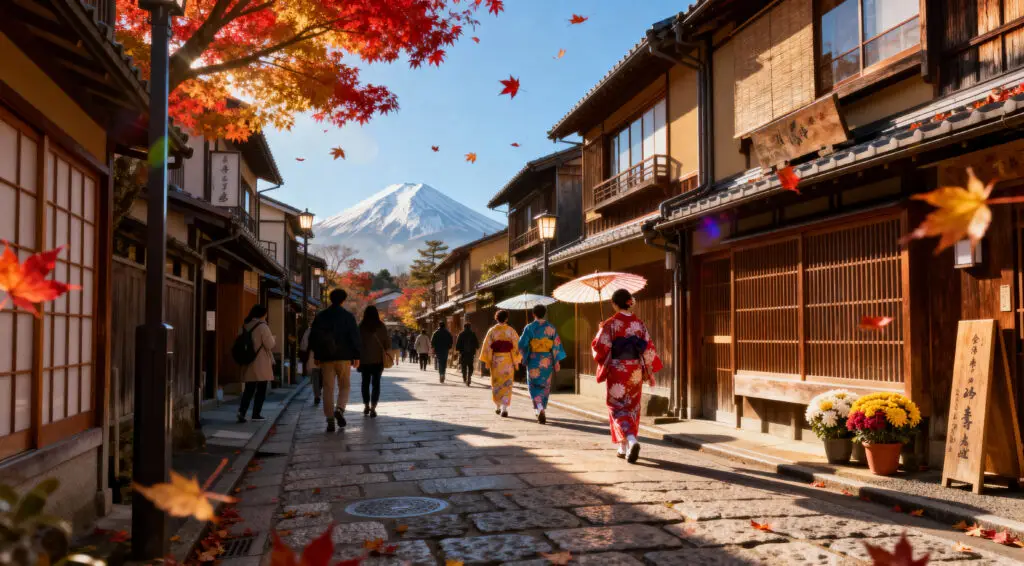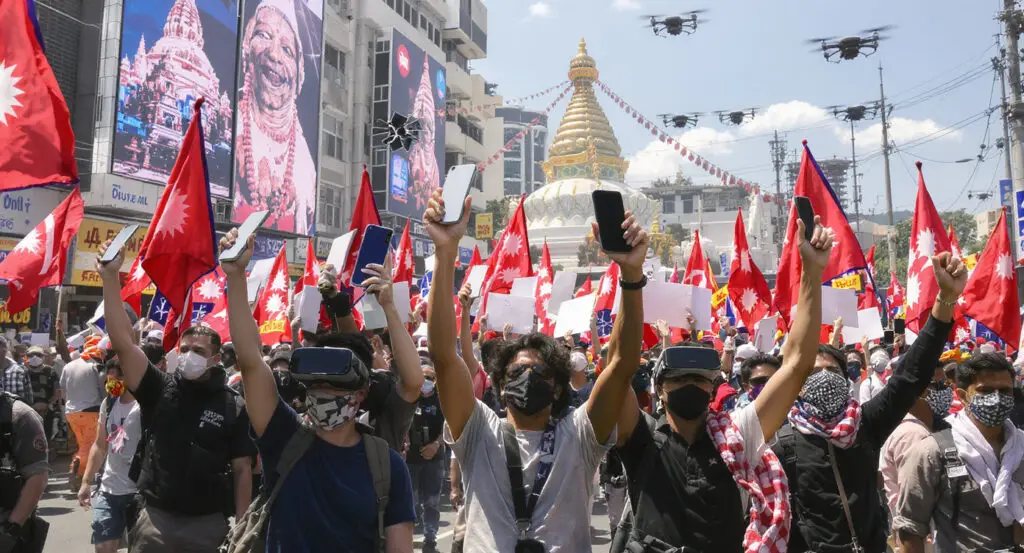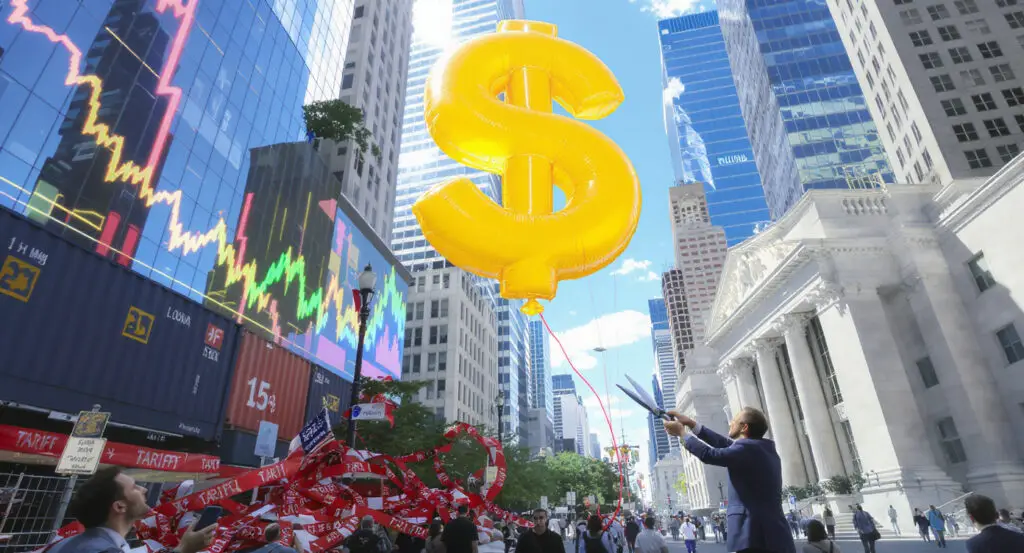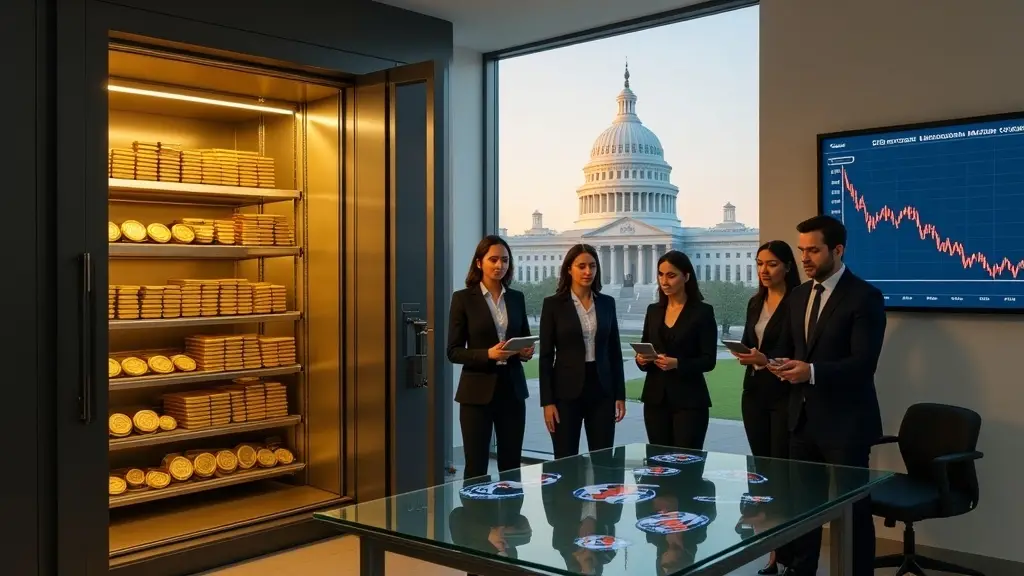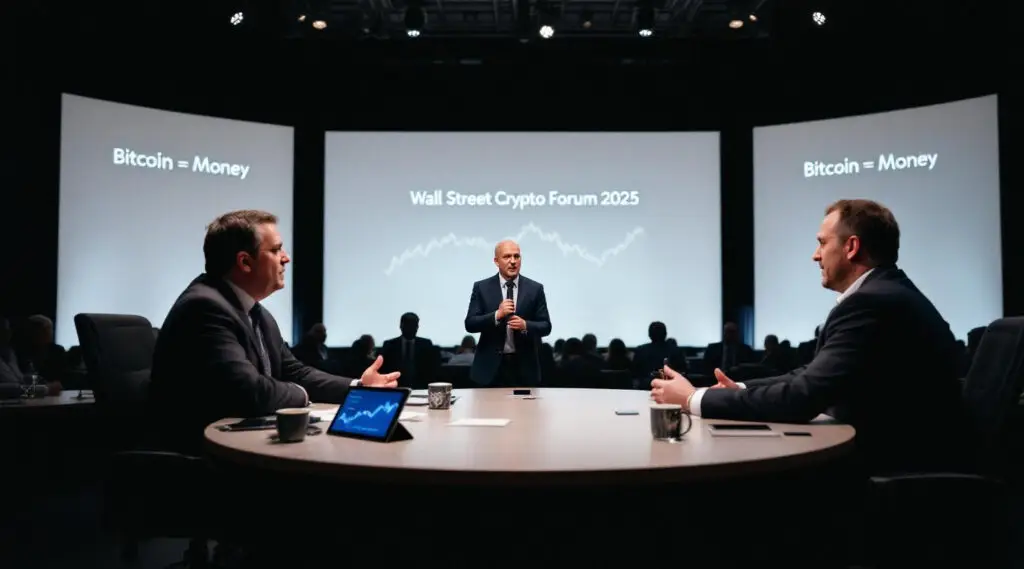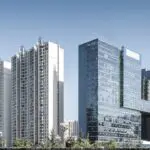Social Media Ban Sparks Nationwide Protests
The Nepalese government banned 26 social media sites because they were worried about false information. Young protesters saw the move as an attack on their right to free speech. Gen Z leaders said the ban was the last straw after years of political failures. Escalation brought out anger from different generations, bringing thousands together in Kathmandu and other major cities around the country.
Violence broke out quickly during the protests. Protesters broke into government buildings, parliament buildings, and the homes of the rich. Police used tear gas, water cannons, and real bullets. At least thirty people died and more than a thousand were hurt in the clashes. As protests turned into a major political crisis, the mood in Nepal became tense.
Prime Minister Steps Down as Military Takes Over
Prime Minister K. P. Sharma Oli stepped down after facing huge protests, leaving a political vacuum. The military took over and put a curfew in place all over Kathmandu. The change in authority shows how bad the unrest is. Military leaders see themselves as stabilizers during a crisis, taking charge of government and restoring order during a time of unrest.
Some reports say that the military is thinking about making Sushila Karki, the former Chief Justice of the Supreme Court, the interim leader. People see the appointment as a possible step toward neutrality. The decision is still being talked about. The goal of interim leadership was to stabilize the situation, restore trust, and lead the way out of rising unrest. There is a lot of talk about political uncertainty in the country.
Deep Economic Inequality Fuels Anger
People were angry about the ban on social media, but the real problems are with long-standing economic inequality. Young people talk a lot about how different political elites are from regular people. “Nepo Kids” is a term for the privileged lives of politicians’ kids compared to the high rate of unemployment. Unemployment is over 20%, which means that a lot of young Nepalis have to go abroad to find work.
Economic stagnation makes generational frustration worse. Young people think that corrupt politicians are holding back progress. Disparity narratives fuel unrest and give people a reason to protest. Economic problems keep people mobilized for a long time. Protesters say that inequality is a systemic failure that needs to be fixed right away. Discontent goes beyond censorship; it shows that structural economic exclusion is having a big effect on millions of people.
Recommended Article: France Faces Crisis as New Prime Minister Confronts Protests
Political Instability Defines Recent Decades
Nepal, a republic since 2008, has experienced political instability due to the presence of thirteen prime ministers over the past thirteen years. This instability has led to weaker governance, with corruption, nepotism, and inability to progress being blamed for failures. The frequent changes in leadership have made people less confident in democratic processes.
Oli’s resignation is part of a pattern of instability, with people demanding structural changes and accountability from the government. The generational uprising is a sign of the need for systemic change and rejects the continuation of political dysfunction within the institutions for almost twenty years.
Violence Highlights Escalating Crisis
The protests in Nepal escalated into violence, with police using force to suppress protesters. The deaths of civilians fueled a growing distrust of the government, with families publicly mourning the victims. The violence turned small groups of people against the government into a national movement demanding political accountability and immediate changes to the government’s operations.
The unrest highlighted Nepal’s weak democracy during the generational revolt, and the violence turned protests from small groups into a national movement demanding immediate changes. Critics criticized the excessive use of force against civilians exercising their rights.
Regional Implications for South Asia
Nepal’s political crisis, similar to Sri Lanka and Bangladesh’s, is a wave of protests against powerful elites in South Asia. The crisis could impact India and China, Nepal’s strategic neighbors, and show weak governance in many South Asian democracies.
Nepal’s ties to Pakistan complicate the geopolitical landscape, and protests could change relations across the subcontinent. Regional observers monitor the impact on trade, security, and diplomatic relations. The crisis highlights the importance of young people’s dissatisfaction with politics in South Asia, which is increasing in the twenty-twenty-five period.
A New Political Era Awaits Nepal Amidst Social Unrest
Nepal’s future hinges on addressing issues like censorship, corruption, and inequality. Interim leaders must regain people’s trust, and the military’s role raises concerns about democracy integrity. A complete overhaul of the system is needed, considering the needs of all generations.
If successful, reforms could improve stability and democratic credibility, while failure could lead to long-term unrest. The Gen Z revolution demonstrates the power of youth-led movements in politics. Nepal’s decisions will significantly impact its democracy, economy, and relations with its neighbors.


